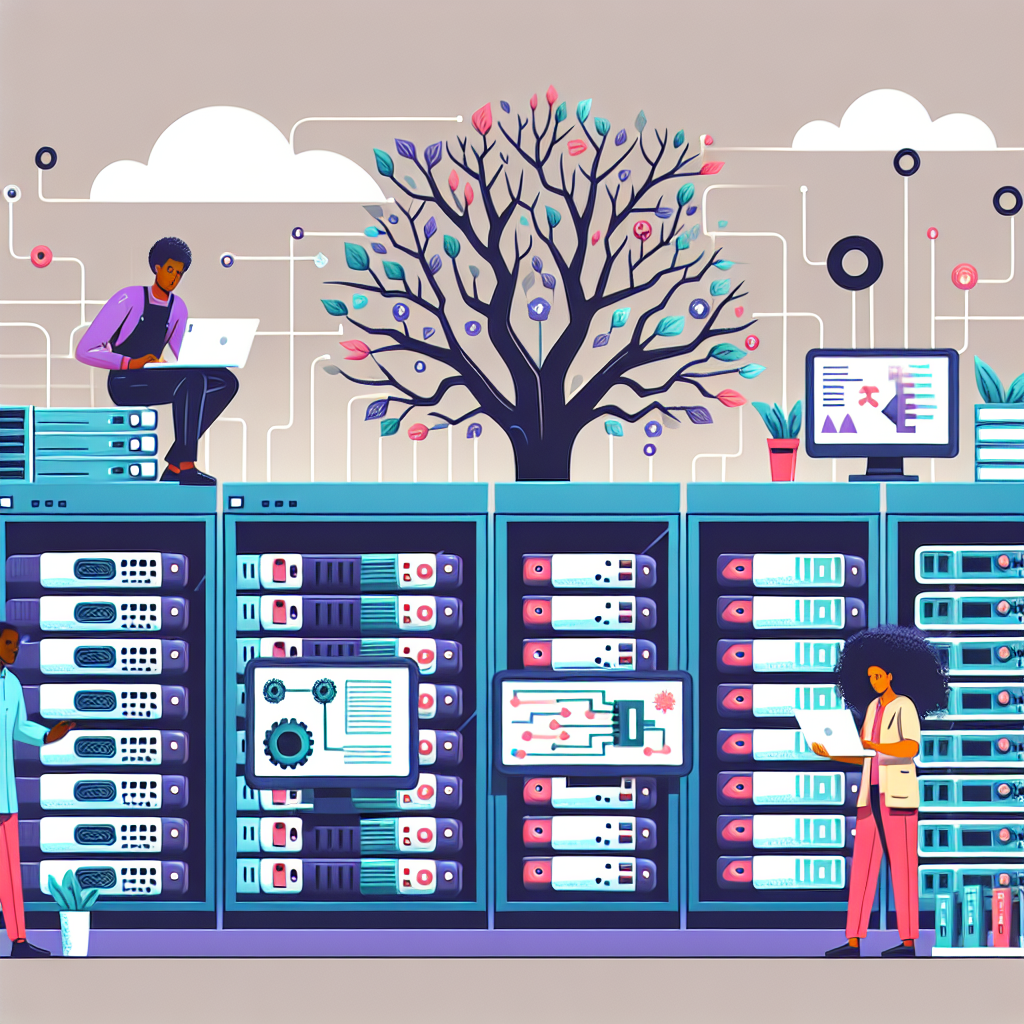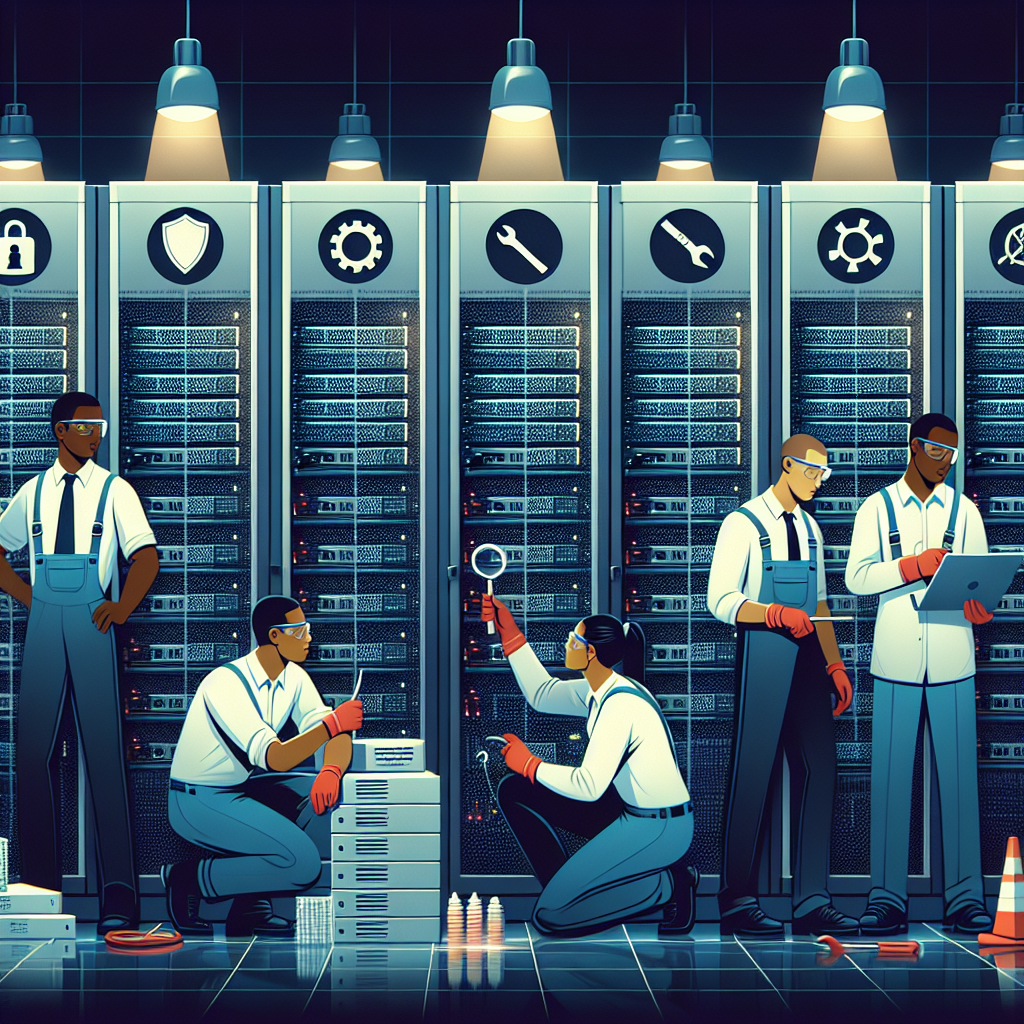In today’s fast-paced business environment, data centers play a critical role in the operation of organizations of all sizes. From storing and managing vast amounts of data to ensuring the smooth running of applications and services, data centers are the backbone of modern business operations. However, like any complex system, data centers are prone to issues that can disrupt operations and lead to costly downtime. To minimize the impact of data center issues on business operations, it is essential to have a set of best practices in place for resolving these issues quickly and efficiently.
One of the most important best practices for resolving data center issues quickly and efficiently is to have a proactive monitoring and alerting system in place. By continuously monitoring the performance of servers, storage, and networking equipment, data center operators can quickly identify potential issues before they escalate into full-blown problems. Alerts can be set up to notify IT staff of any anomalies or performance degradation, allowing them to take corrective action before users are affected.
Another best practice for resolving data center issues quickly is to have a well-documented incident response plan in place. This plan should outline the steps to be taken in the event of a data center issue, including who to contact, how to escalate the issue, and what actions need to be taken to resolve it. By having a clear and well-defined incident response plan, IT staff can quickly and efficiently respond to data center issues, minimizing downtime and reducing the impact on business operations.
In addition to proactive monitoring and incident response planning, regular maintenance and testing of data center equipment are essential for preventing issues before they occur. Regularly updating software, firmware, and security patches, as well as performing routine maintenance tasks such as cleaning and inspecting equipment, can help prevent hardware failures and other issues that can lead to downtime. Additionally, conducting regular performance testing and capacity planning can help identify potential bottlenecks and performance issues before they impact users.
Finally, having a skilled and knowledgeable IT team in place is essential for resolving data center issues quickly and efficiently. IT staff should be trained in the latest technologies and best practices for data center management and troubleshooting, and should have access to the tools and resources they need to quickly diagnose and resolve issues. By investing in ongoing training and development for IT staff, organizations can ensure that their data center operations are in capable hands and that issues are resolved quickly and efficiently.
In conclusion, resolving data center issues quickly and efficiently requires a combination of proactive monitoring, incident response planning, regular maintenance, and a skilled IT team. By implementing best practices in these areas, organizations can minimize the impact of data center issues on business operations and ensure that their data center operations run smoothly and efficiently.










